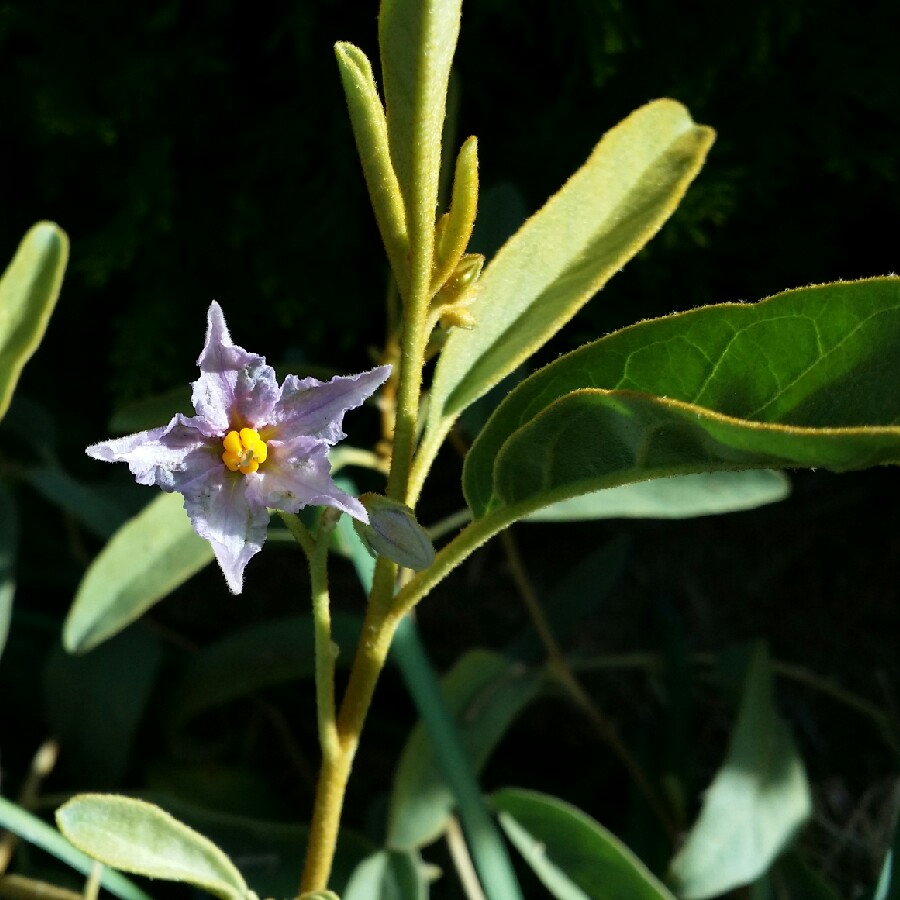
Solanum centrale
Australian Bush Tomato
Solanum centrale is native to inland areas of Australia and was a much relished food of Aborigines. The ripe fruit has a delicious sun-dried tomato flavour and can be used in any dishes where tomatoes are used. Also called Desert Raisin or Desert Tomato. This plant will send up suckers over time, often the main plant will die back and the new shoots will pop up a short distance away.
Contributed by @KathyB
-
Full sun
-
Occasional watering
-
Not Frost hardy
-
Rich and free draining
Common name
Australian Bush Tomato
Latin name
Solanum centrale
type
Fruiting Vine
family
Solanaceae
ph
5.0 - 7.0 Acid - Neutral
Plant & bloom calendar
-
Best time to plant
-
When to harvest
full grown dimensions
 0.80 M
1.80 M
0.80 M
1.80 M
Solanum centrale
Solanum centrale is native to inland areas of Australia and was a much relished food of Aborigines. The ripe fruit has a delicious sun-dried tomato flavour and can be used in any dishes where tomatoes are used. Also called Desert Raisin or Desert Tomato. This plant will send up suckers over time, often the main plant will die back and the new shoots will pop up a short distance away.
Planting
From Mid Spring TO Early Summer
Plant tomato plants grown from seed into the greenhouse border, when they are big enough to handle, and when risk of frost has passed. For outdoor varieties, young tender plants need to be hardened off, gradually, first in a cold-frame, and then in the open, before planting into their permanent position.
Propagation by seed
From Early Spring TO Mid Spring
Grow from seed in early spring in heat, one seed per tray division, or pot. Fill 9cm (3½in) pot with seed or multipurpose compost.Level and firm the compost, then water. Sow seeds on the compost surface, spacing them evenly, about 1/2" apart, (to help prevent "damping off" disease). Cover the seed with a layer of vermiculite, or sifted soil or compost. Keep at approximately 21°C (70°F), ideally in a heated propagator, When seedlings are big enough to handle, plant out in to a greenhouse - at least 16" apart - or, although less satisfactory, to a sunny windowsill








